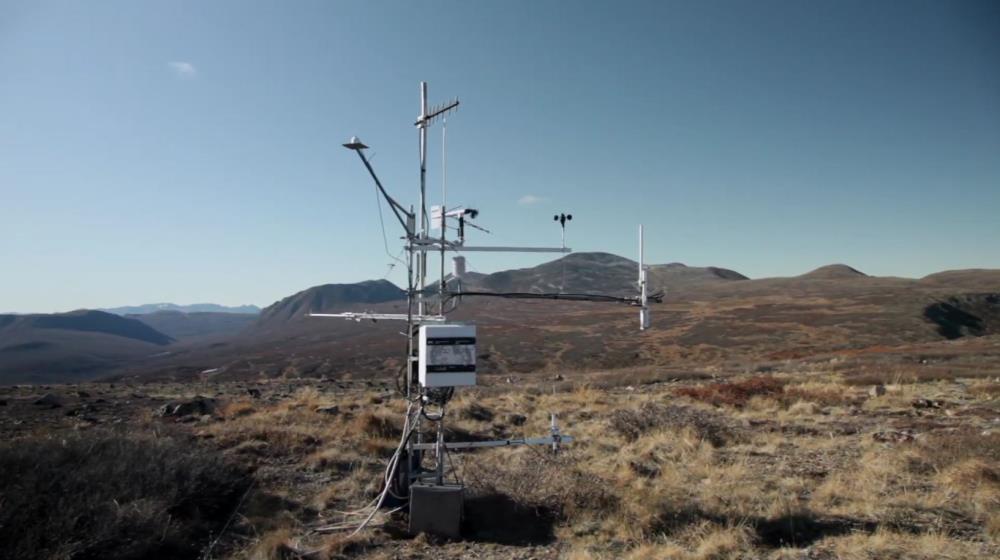
Related items loading ...
Section 1: Publication
Publication Type
Thesis
Authorship
Nikfar, Vahid
Title
Stochastic Simulation of Hourly Rainfall, Total Cloud Cover, and Solar Radiation in Canadian Stations
Year
2023
Publication Outlet
USASK Harvest - Theses and Dissertations
DOI
ISBN
ISSN
Citation
Nikfar, Vahid (2023) Stochastic Simulation of Hourly Rainfall, Total Cloud Cover, and Solar Radiation in Canadian Stations, USASK Harvest - Theses and Dissertations,
https://hdl.handle.net/10388/14979
Abstract
The impact of climate change and global warming on human lives worldwide is profound. Among the consequences, heat waves stand out as particularly severe in urban areas. These events not only directly impact human well-being but also significantly influence energy consumption patterns in cities. As a result, scientists have directed their attention towards comprehensively studying the effects of heat waves on urban buildings and evaluating their vulnerability to the impacts of climate change. Nevertheless, conducting such studies necessitates reliable and uninterrupted access to a dataset encompassing various hydroclimatic processes at an hourly or sub-hourly resolution, spanning an extended period. Due to limitations in data availability, many researchers resort to employing diverse modeling approaches as a viable solution. While numerical and physically based models are computationally intensive and can introduce biases in their outcomes, the utilization of stochastic models presents a distinct alternative for generating synthetic long time series that exhibit similar characteristics to observed data. In this research, we have introduced three distinct univariate stochastic models specifically designed for simulating the hourly variations of cloud cover, solar radiation, and rainfall at various Canadian stations. The calibration of these models was carried out individually for 279 rainfall stations, 132 total cloud cover stations, and 564 solar radiation stations, which are geographically dispersed throughout Canada. In certain stations, we incorporated temperature data during winter to complement the missing data in the rainfall model. To address the modelling of total cloud cover, which is constrained between zero and one, we introduced a novel methodology that utilizes a mixed-type distribution encompassing two probability masses at zero and one. Furthermore, for modelling solar radiation, which exhibits nonstationary behaviour due to diurnal and yearly seasonal variations, we proposed a novel approach that allows employing Autoregressive (AR) models. The methods are based on the CoSMoS model that reproduces marginal distributions and correlations. All modifications are implemented in the R programming language by developing new code and modifying and extending code found in the CoSMoS package. The methods and the codes provided allow the user to simulate as many and as long time series for any of the three processes.
Plain Language Summary


 GWFNet
GWFNet Master
Master Data
Data Research
Research Map
Map
 Advanced
Advanced Tools
Tools
 . . .
. . .
 Metadata Editor
Metadata Editor
 Record List
Record List
 Alias List Editor
Alias List Editor
 Legacy sites
Legacy sites